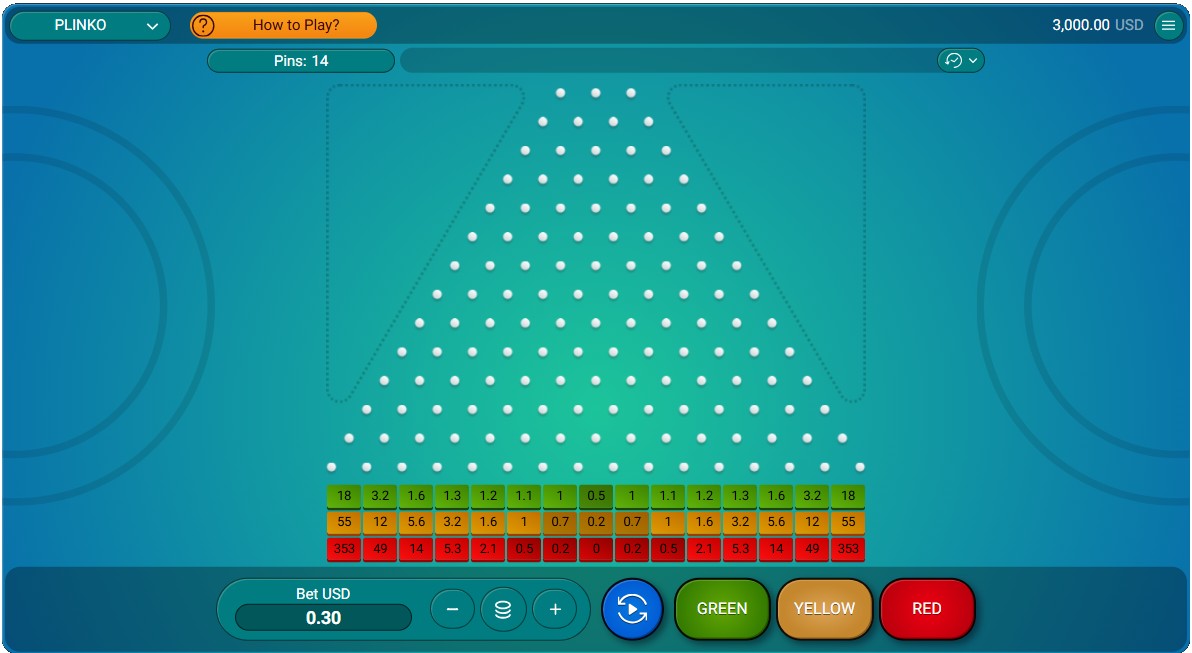
Behind the Graphics: The Art and Animation of Casino Games
Introduction to Casino Game Graphics
The advancement in technology has enabled game developers to push the boundaries of creativity, incorporating intricate details, animations, and interactive elements that captivate players worldwide. One such example that showcases the blend of art, animation, and interactivity is the Plinko Ball Game, which combines the excitement of a classic game show with the thrill of casino gaming, highlighting the potential of modern casino game design.
The Evolution of Casino Game Art
The journey of casino game art from its humble beginnings to the current state is a testament to human creativity and technological innovation. Initially, games were limited by the constraints of early computer hardware, resulting in simplistic, 2D graphics. However, as technology improved, so did the complexity and realism of game graphics. The introduction of 3D graphics, followed by the development of mobile gaming, further expanded the possibilities for game designers. Today, casino games boast detailed characters, elaborate backgrounds, and special effects that rival those found in movies and video games.
Key Elements of Casino Game Art
Several key elements contribute to the engaging nature of casino game art: Theme and Storyline: Many modern casino games are built around a theme or storyline, which is conveyed through the art and animation. This could range from ancient civilizations to futuristic worlds, each with its unique visual identity. Character Design: Characters in casino games, whether they are mascots, heroes, or even the avatars representing the player, are designed to be memorable and appealing. Their design often reflects the game's theme and helps in creating an immersive experience. Sound Effects and Music: While not strictly a part of visual art, sound effects and music are crucial in enhancing the overall gaming experience. They provide auditory cues, set the mood, and can significantly influence the player's emotional engagement with the game. Animations and Interactions: Smooth animations and responsive interactions make the game feel more dynamic and engaging. They can range from simple spinning reels in slot games to complex, story-driven sequences in more narrative-focused games.
The Role of Animation in Casino Games
Animation plays a pivotal role in casino games, serving as a bridge between static art and interactive gameplay. It brings the game world to life, making the experience more enjoyable and immersive. From the spinning of wheels in roulette to the cascading reels in slot machines, animation is what transforms a collection of images into a living, breathing environment. The quality and realism of animations can significantly impact the player's perception of the game, with smoother, more detailed animations generally contributing to a more positive experience.
Techniques Used in Casino Game Animation
Game developers employ a variety of techniques to create the animations found in casino games: 2D and 3D Animation: Depending on the game's style and requirements, developers might use 2D animation for simpler, more stylized effects or 3D animation for more complex, realistic sequences. Particle Effects: For creating realistic environments, such as fire, water, or smoke, particle effects are often used. These can add a layer of depth and realism to the game world. Physics Engines: To simulate real-world physics, such as the movement of objects or the behavior of different materials, physics engines are integrated into the game. This can make interactions feel more authentic and engaging.
Interactive Elements and Player Engagement
Interactive elements are crucial for maintaining player engagement. They encourage participation, offer variety, and can significantly extend the gameplay experience. Features like bonus rounds, mini-games, and progressive jackpots not only provide additional challenges and rewards but also break up the monotony of repetitive gameplay, keeping the experience fresh and exciting. The inclusion of social features, such as leaderboards and multiplayer modes, further enhances engagement by introducing a competitive element and a sense of community.
Designing for Engagement
When designing casino games for high engagement, developers consider several factors: Feedback Mechanisms: Immediate feedback, such as winning animations or sound effects, reinforces the player's actions and encourages continued play. Variable Rewards: Implementing a system where rewards are variable, both in timing and amount, can activate the brain's reward system, encouraging players to continue playing in anticipation of the next reward. Personalization: Allowing players to customize their experience, whether through choosing game themes, characters, or even the game's difficulty level, can increase engagement by making the game feel more tailored to the individual's preferences.
Future of Casino Game Art and Animation
The future of casino game art and animation is promising, with advancements in technology expected to push the boundaries of what is currently possible. The integration of virtual reality (VR) and augmented reality (AR) into casino gaming could revolutionize the industry, offering players immersive, interactive experiences that simulate the thrill of being in a real casino from the comfort of their own homes. Additionally, the use of artificial intelligence (AI) could lead to more dynamic, responsive game environments that adapt to the player's behavior and preferences.
Emerging Trends and Technologies
Several emerging trends and technologies are set to influence the future of casino game art and animation: Virtual and Augmented Reality: VR and AR technologies have the potential to create truly immersive gaming experiences, blurring the line between the physical and digital worlds. Artificial Intelligence: AI can be used to create more realistic NPCs, adaptive difficulty levels, and personalized gaming experiences based on player behavior and preferences. Cloud Gaming: Cloud gaming services allow for the streaming of high-quality games without the need for powerful local hardware, making advanced casino games more accessible to a wider audience.
Conclusion
In conclusion, the art and animation of casino games are pivotal elements in creating engaging, immersive experiences for players. From the early days of simplistic graphics to the current era of detailed, interactive environments, the evolution of casino game design has been remarkable. As technology continues to advance, we can expect even more innovative and captivating games to emerge, further enhancing the world of online gaming. Whether you're a fan of classic slots, interactive experiences like the Plinko Ball Game, or something entirely new, the future of casino gaming promises to be exciting and full of possibilities.



